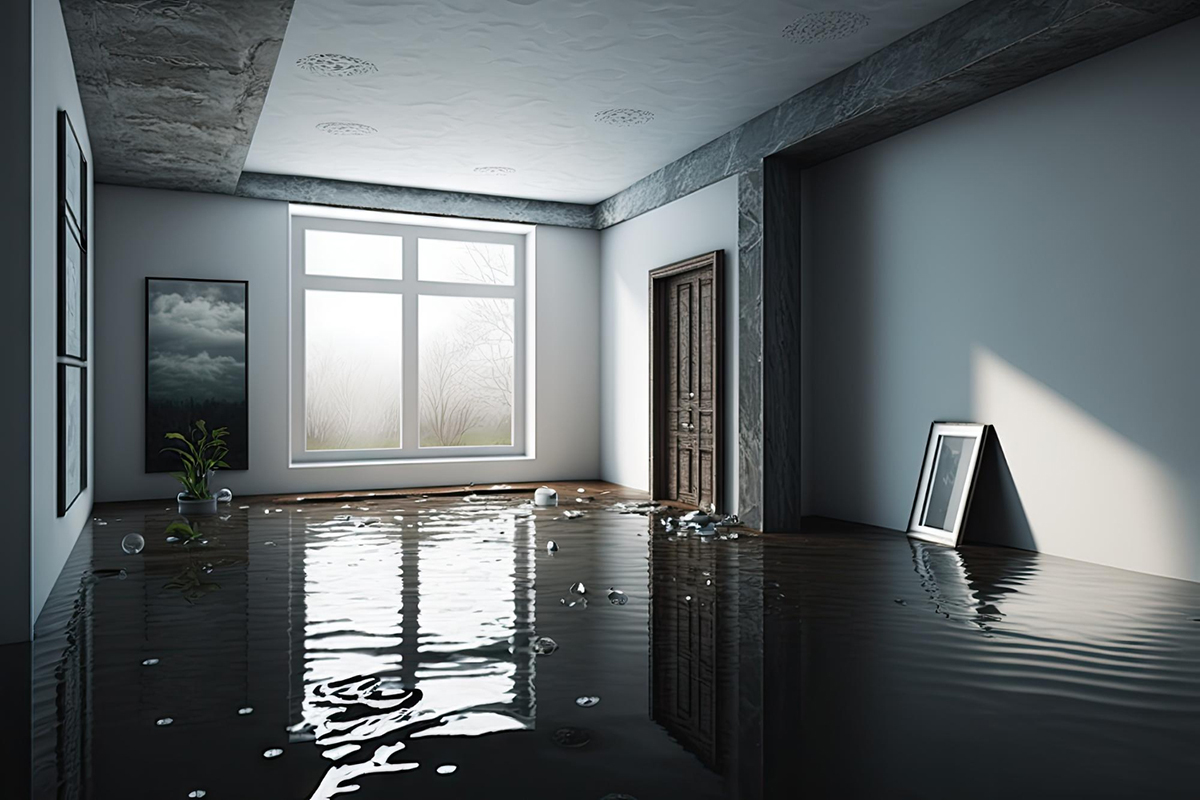 (888) 979-7969
(888) 979-7969
 (888) 979-7969
(888) 979-7969

Water damage can be disastrous to your flooring, be it hardwood, laminate, or carpet. When left unaddressed, water damage can seep deep into the layers of your floor, leading to structural damage and mold growth. It can also pose a health risk to you and your family. However, rectifying water-damaged flooring doesn't have to be a stressful and costly process. With the right tips, you can minimize the damage and salvage your flooring without breaking the bank. In this article, we'll share some tips on how to rectify water-damaged flooring and restore it to its original condition.
The first step to rectifying water damage on your flooring is identifying the source of the damage. Common sources of water damage include plumbing leaks, burst pipes, overflowing sinks or toilets, or natural disasters. Once you identify the source, you can take the necessary measures to stop the water flow and prevent further damage.
If the water damage is due to a plumbing issue, it's best to call a professional plumber to fix the problem. In cases of natural disasters, such as floods, you may need to contact your insurance provider to start the claims process.
After stopping the flow of water, the next step is removing any standing water on the flooring. Use a wet-dry vacuum to absorb the water quickly. For larger water spills, you may need to rent or purchase a dehumidifier or fan to dry the area thoroughly. It's essential to dry the area within 24-48 hours to prevent mold growth.
After drying the area, assess the extent of the water damage. If the damage only affects the surface layer of your flooring, such as hardwood or laminate, you may be able to save the flooring by using a sanding tool, refinishing products, or replacing the damaged planks.
If the water damage has seeped into the subfloor or caused structural damage, it's best to call a professional restoration company. They have the expertise and equipment to assess and repair the damage appropriately.
To prevent water damage on your flooring in the future, take preventive measures such as fixing plumbing leaks, avoiding overflows, using a humidifier in your home, and cleaning up spills immediately. It's also advisable to invest in waterproof flooring options, such as vinyl or tile, for areas prone to water spills.
If you're dealing with extensive water damage on your flooring, it's best to contact a professional restoration company. They can assess the damage, provide a detailed plan of action, and use specialized equipment to dry, clean, and repair your flooring. They can also work with your insurance provider to ensure you get fair compensation for the damages.
Water damage on your flooring can be stressful and damaging to your health and well-being. However, with the right tips, and quick action, you can minimize the damage and restore your flooring to its original condition. Remember to identify the source of water damage, remove standing water, assess the extent of the damage, take preventive measures, and contact a professional restoration company for extensive damages. By following these tips, you can ensure your flooring is protected from water damage and enjoy a comfortable living space for years to come. If you are looking for an insurance claims adjuster in Orlando, FL, contact Ultra Property Damage today for free consultation.